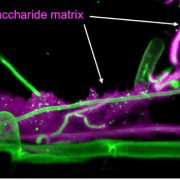
Sweet revenge: a fungal oligosaccharide takes on plant defense responses
The Plant Cell: In a NutshellChandrasekar, Wanke, Wawra and co-workers discover how fungal cell surface polysaccharides assist in evading hostile plant immune responses.
https://doi.org/10.1093/plcell/koac114
By Alan Wanke1 and Pia Saake2 Alga Zuccaro2
1 Sainsbury Laboratory, University of Cambridge, Cambridge, United…
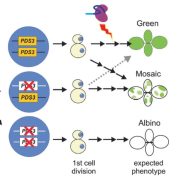
An experimental protocol for teaching CRISPR/Cas9 in a post-graduate plant laboratory course without sequencing (Biochem Mol Biol Educ)
Plant Science Research WeeklyExperience is the best teacher, so hand-on learning is invaluable for students of biology. If you have the opportunity to teach with a laboratory course and haven’t yet incorporated a module that incorporates CRISR/Cas9, you’re in luck! Here, Mayta et al. share the design of the laboratory course…
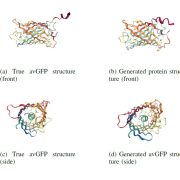
PeTriBERT : Augmenting BERT with tridimensional encoding for inverse protein folding and design (bioRxiv)
Plant Science Research WeeklyThe AlphaFoldDB database recently made headlines by predicting the three-dimensional protein structure of millions of proteins based on their primary amino acid sequence. Most of these models remain to be tested, but it’s a place to start. Here, Dumortier et al. add an important complementary tool…
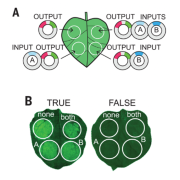
Synthetic genetic circuits as a means of reprogramming plant roots (Science)
Plant Science Research WeeklySynthetic genetic circuits offer a promising method to achieve beneficial changes in plant phenotypic traits. By combining different activator or repressor transcription factors (TFs) , the expression of target genes may be fine-tuned according to Boolean operations. Here, Brophy et al. describe a method…

PIF4 enhances DNA binding of CDF2 to co-regulate target gene expression and promote Arabidopsis hypocotyl cell elongation (Nature Plants)
Plant Science Research WeeklyResponses to environmental and internal signals require the recruitment of transcription factors (TFs). TFs recognize simple DNA sequences to activate specific genes that will accomplish the required functions. DOF (DNA-binding with one finger) is a large family of plant TFs that encloses the CYCLING…
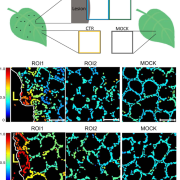
Chloroplast redox state changes mark cell-to-cell signalling in the hypersensitive response (New Phytol)
Plant Science Research WeeklyProgrammed cell death (PCD) plays roles in both developmental and environmental responses across plant species. During pathogen attack, the hypersensitive response can limit spread of infection by orchestrating an organised death of cells around the infection area. A recent study by Lukan et al. demonstrated…
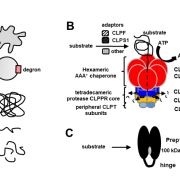
The CLP and PREP protease systems coordinate maturation and degradation of the chloroplast proteome in Arabidopsis thaliana (New Phytol.)
Plant Science Research WeeklyThe ATP-dependent CLP chaperone-protease system is a crucial part of the peptidase network required to maintain proteostasis in the Arabidopsis chloroplast. Its substrates include misfolded and aggregated proteins of any size, and it is essential for plant growth and development. PREP1,2 peptidases are…

NLP7-CRF-PIN, the nitrate-cytokinin-auxin crosstalk module, conveys root nitrate signals and regulates shoot growth adaptive responses (PNAS)
Plant Science Research WeeklyNitrate, the prominent form of nitrogen used by most land plants, is a signal regulating plant growth and development. Nitrate sensing by roots not only regulates root development to facilitate nutrient foraging, but also the growth of distant plant organs. Cytokinin is a mobile signal coordinating nitrate…
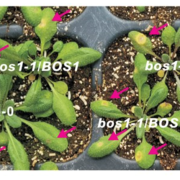
Ectopic expression of BOTRYTIS SUSCEPTIBLE1 reveals its function as a positive regulator of wound-induced cell death and plant susceptibility to Botrytis (Plant Cell)
Plant Science Research WeeklyProgrammed cell death (PCD) is a ubiquitous eukaryotic process in which specific cells are eliminated during development or in response to stress. Here, Fuqiang Cui and colleagues confirm for the first time the exact role of the BOS1 gene in the regulation of PCD in Arabidopsis thaliana. Originally identified…

